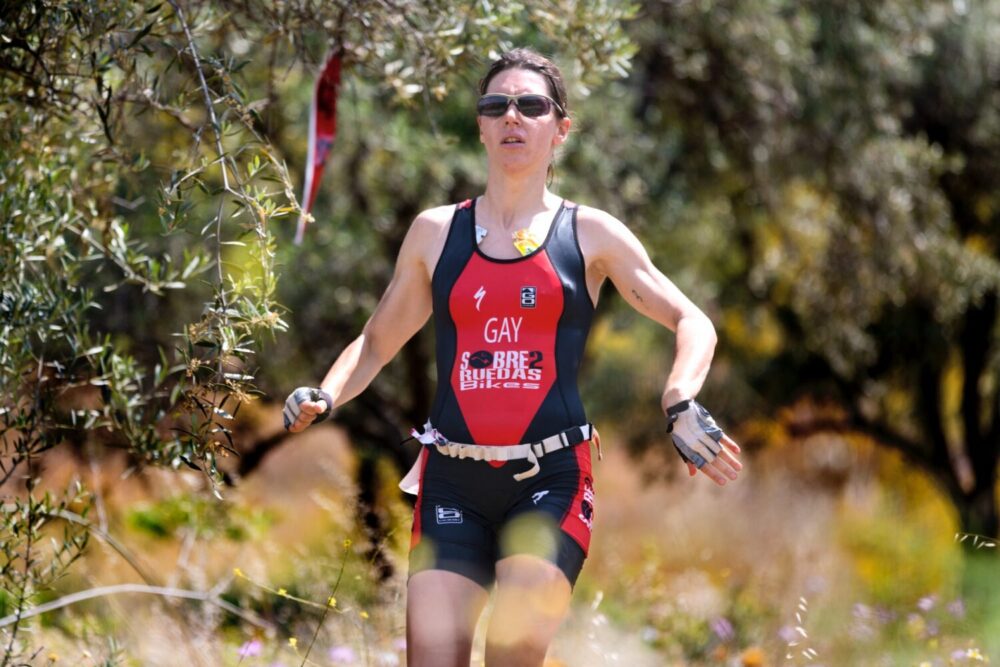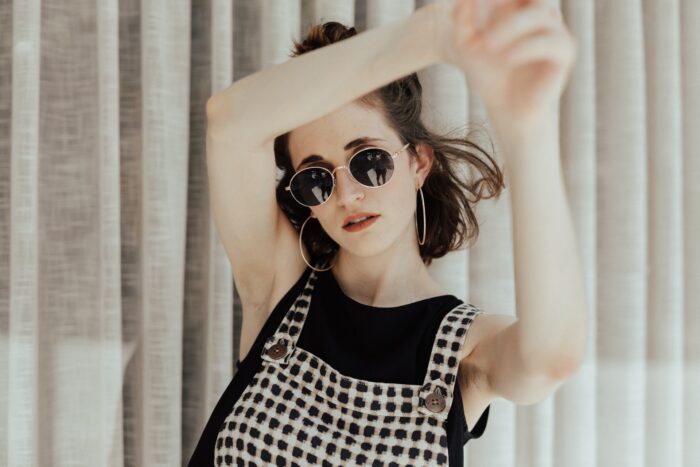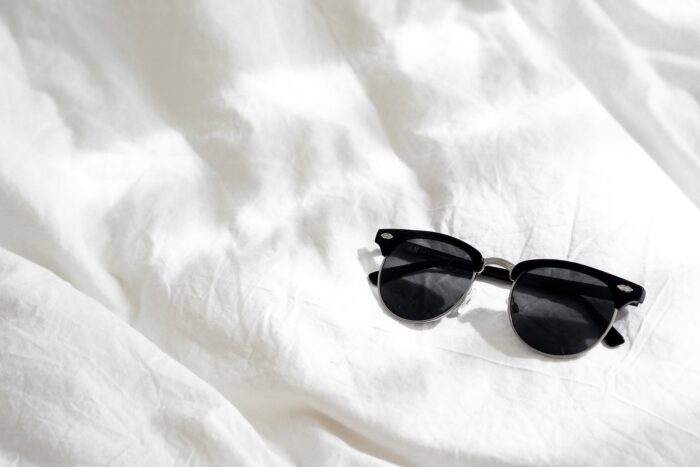
While you are on the pitch sweating, the sun leaves no stone unturned to soak your endurance and concentration. Sports sunglasses not only protect your eyes from the sun but also help in improving your performance. It does not matter if you are keeping the wickets or are downhill skiing; the right pair of sunglasses will always stick to your eyes.
Thanks to the advancement in lens technology, we have lenses that are feather-like.
They stick to your eyes no matter how much your sweat or move. There are ample eye-gear options that provide first-class optics. Sports sunglasses get designed to keep harmful UV rays of the sun away from you and dirt, wind, or anything else that might be an obstacle in your sport. They get built in a way that makes them sweat resistant and, therefore, does not slip down or face while you are in the middle of your game, race, or ride.
What makes the sunglass suitable for sports?

Sports eyewear gets built to last; you will be wearing them while you throw yourself on the field or run for miles. You might have to consider a couple of factors based on your activity. We suggest you consider the following things before you go shopping.
- Lenses- Unlike the summer shades, the sportswear sunglasses get designed for good depth perception, sharpness, and contrast for outdoor conditions. Sports sunglasses lenses come with a lot of specifications and details. They vary from man to man and sport to sport, and it is essential to consider them.
- Material- You can be sure about the shades suiting your profile and job if you pay close attention to the material and build quality. If you are planning to wear them for heavy work-out or rugged outdoor activities, you should go for lightweight and shatterproof plastic.
- Overlay- Did you know that polarized lenses are great for water sports as they offer minimal glare from the water body? However, they are not always suitable for sports like skiing, mountain biking, or marathon running, which need a good depth perception. Numerous brands have designed lenses with a coating that does not flatten your view and prevent hazing from perspiration. They shield your eyes from the harmful rays of the sun as well as are anti-reflective.

- Hydrophobic against Hydrophilic- Both hydrophobic and hydrophilic coating keep the lenses free from fog, but work in different ways. Besides, hydrophobic coatings repulse water and fog, as they are a soap-based material and wash off with time. On the other hand, hydrophilic coatings soak up the moisture and discharge at the edge of the lenses. This protective coating eliminates moisture but does not wash off with time.
- Base shade- Those fancy colors other than making you look good also help you visualize it better when outdoors. Tints like grey and green are suitable for daily runs and rides. Shades like amber, yellow, copper, or orange get made for high-velocity activities or more rough outdoor activities.
- Tenebrosity– The tenebrosity or darkness gets generally measured as Visible Light Transmission (VLT). Essentially, VLT indicates the percentage of light that can pass through the lenses. Generally, lower-ranged lenses of VLT around 20 are most favorable for sunlight, and higher ranges favor cloudy or hazy conditions.
- Shape- Most sports eyewear have wrapped lenses. That is lenses get shaped to cover the entire stretch of your face around the eyes. This shape prevents eye strain while providing an adequate range of vision.

- Adaptability- If you want a pair of shades that will last you throughout the day (from afternoon to sundown), you might want to go for good quality material. Some shades come with frames that allow you to change the lenses according to the setting around.
- Movement- You must consider the activities you will undergo during the sport and if your sunglasses are suitable enough to withstand that. The eyewear must be able to shrug off the expected obstacles like grime, water, heat, and so forth. If you are a cyclist, you must consider the shades’ compatibility with your helmet. If you are a Snowboarder, you would want it to be air-tight and provide protection in altitudes.
- Airflow- Good sunglasses get shaped aerodynamically so that they don’t heat up or come in the way of your sports activity.
Final Thoughts
However, with trends and style these days, sportswear is becoming increasingly popular these days. They get found to be versatile enough to go as eyewear as well as fashion statements. If you want to jump into the futuristic bandwagon for aesthetic purposes or as a style symbol, you can fiddle around with the wraparound glasses. The glasses come in all shapes and sizes to fit any outfit, even outside of the sports arena. You can even wear them to the daily places you go to. If you are going fishing, then take your Polaroid sunglasses essential to protect your eyes from the sun’s rays reflecting off the water body.
There are variants and customizable lenses that can suit your differently-abled needs. Photochromic lenses change their color, reacting to sunlight. They change their shade and depending on the intensity of the sunlight. In case the sun is too bright, the lens turns dark and vice versa. The urban Harry Potter probably would have worn a pair of flexible, shatterproof wraparound spectacles to accompany him in his adventures.
Gone are the days with a significant John Lennon as the protagonist for the eyewear industry. For everything else, log on to DesignerOptics.com Blog








